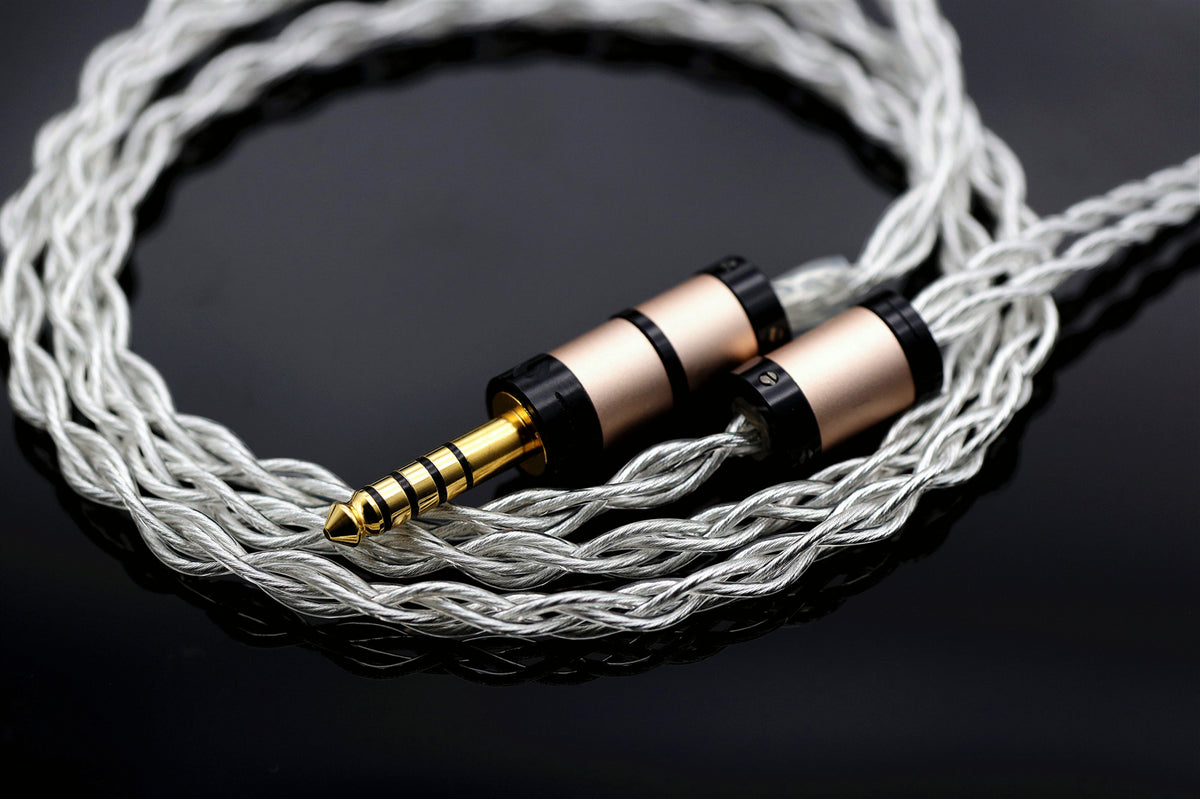Cirrus101, I'll answer your post when I get a some time.
Take your time. You've contributed enough.

your brain is calculating and therefore it may affect the final perception construct significantly
Yes. I am aware of those things. I work in audio post-production, and I know how maddening it is during final mixing and the insane levels you can get going back and forth from mix A and B, tweaking incessantly as your brain tricks what you've just heard, and if you spend long enough in that mix, you end up hating everything altogether. Been there. Will keep on doing it in the future just the same, out of love for the thing. Love-hate, yknow?
In this case, as you say, it would mean I don't need any good quality gear at all (provided it covers the basics): I have the very best sound system on Earth right in my head! FOR FREE. INCLUDED W/ FREE UPGRADES FOREVER!
All I need is to use my brain to enhance every sound I want at the power of my will. I just need to really really reeeally want it, and it will happen. Like magic. Suddenly, I can turn this hillbilly violin into a Stradivarius with the sheer power of my bias! Wow. I love this bias. It's better than any DSP or plugin for christ's sake . Thanks for unlocking this power in me! You're a guru. You should make followers and stuff.
all western music/harmony was based on the juxtaposition of dissonance and consonance
Yes, I've read about it in a music history book. It seems that with every century, what was previously considered "dissonance" and heresy to be applied into music (which had a certain sacred aspect to it), slowly sounded more pleasing and acceptable to the ears. I think nowadays is the ultimate level of this process, since there are some artists out there that basically only make noise.
in moments of fear or stress, we can hear our heart thumping loudly
I've never witnessed this myself, to be honest.
your conscious biases, your subconscious biases and other potential variables your brain was subconsciously balancing/calculating
So much for the bias. But here's the thing, I'll tell you a story. I once purchased a device called ToneRite©, and what it does is that it plugs into an acoustic instrument like a guitar, and it vibrates the strings as if you were playing. This stimulation would work the tone in the wood and 'open it up'. Of course, skeptics were (are) all over this device to say it's worthless and la-dee-da, so I made a personal comparison of my acoustic guitar with two videos showing before and after 1 month using it. There was an evident, clear response from the guitar that had been improved, and it was audible in my comparison. Then some guy on YouTube commented it was not a fair display, because in the first video the mic was placed in a certain way, and the second it was slightly different. To which I've argued that yes, while it is true that changing the axis of the mic will affect the sound, it DOES NOT change the sound that dramatically. If a sound could be changed like that just by re-positioning the mic's, then nobody would need good guitars made out of good wood, you could buy the simplest ones and just use the 'mic trick' during recording. Which isn't true. And if the change was so insanely subtle that a mere mic positioning change would cast a shadow over it, then it would mean the ToneRite© is indeed useless. But that is not what happened in the comparison shown.
So as you can see, while bias is real, the bias for trying to disprove something is even worse, as it can cause denial of evident effects;
I think it's all about being honest with yourself at all times. If you're a cunning man with a big ego, I'd definitely take into account a strong bias from that person; but we all know ourselves, and as long as you're earnest in your efforts and being sincere with yourself, ie:
it does not matter that I have either 'wasted money' or 'found the holy grail', the important is the truth above all else, all things must pass, then I think you can get to good results which might not please a scientific community, but are enough to please oneself.
The professional audio engineers who use the equipment which contain those components also measure performance and would notice any significant faults/discrepancies. These facts cover all the points you’ve made here.
That is very generic. How can you be sure the integrity of a pure digital information was converted in analogue as perfectly as that could ever be done, for all brands, for all chips, for all models? Sure, the signal comes out, it's within the 20hz-20khz the spectrum at the desired amperage - Checked! Not faulty! Next please! But hey, does that account at all for parameters which might be relevant to the quality of that signal? I don't think so. I think they may be outputting different things which are not measured or not within their faulty/discrepant check-list.
Quantisation errors have nothing to do with the different consumer sample rates
You're right, my mistake, I meant resampling.
Why can’t we add that euphonic harmonic distortion, plus any other subjectively pleasing defects we desire and then we’d have a clean, perfect, 100/100 copy which includes any or all of those defects?
We can, and, in fact I often do that by rerouting signals from my tube amp back into the recording. That's nothing new, as a gazillion other people also insert tape compression and other artifacts, etc. Dozens of digital plugins do that emulation quite well too. What I have meant is that those people who argue
"analog is better than digital" are actually people who prefer to have
everything they hear within that analog imperfection realm they love.
Despite the labels/producers/musicians choices. They don't want their first print of a good old vinyl to be digitalized, remastered and played back 'clean' for them which is different from what they remembered. As for new artists, they'd rather have the vinyl feeling too, even for those sterile commercial mixes, because its comfortable for them, that's why turntables are still a trend today.
The frequencies removed from an MP3 file are frequencies that cannot be heard and therefore will make no audible difference (due to auditory masking), even for the purist.
I disagree; a .FLAC and .MP3 sounds different; even if something is "outside audible frequencies"*, it is still there; resonating in the room and in your head. It does not matter that the ears cannot pick it up; you're not annihilating those frequencies existence just because you cannot pick it up with the tiny hairs inside the ear; the speakers might try to reproduce them too, which can have a positive or adverse effect as they try to reproduce more frequencies in a lossless file than a lossy one.
* I digress here in that .FLACs always sound sharper - especially with classical music. A rock or pop song can do fine in 128kbps .mp3, but classical music will sound duller, as if some of the attacks and decays are not as sharp, as real life instruments are not hingered by any chopping of frequencies and all those affect our body as a whole.
You probably mean samplerate conversions? Yes, multiples of a certain samplerate makes things easier in that sense, but it is not impossible to do arbitrary samplerate conversions extremely accurately using sinc-resampling. I have myself written (some 20 years ago) Matlab code to resample impulse responses measured with MLSSA (using weird samplerate) to produce material for listening tests (music samples convoluted with impulse responses). Because it was about listening tests, the sample rate conversion had to be as accurate as possible to avoid it change the sound. Anyway, 44.1 kHz is not the only "standard" sample rate in use! In video produtions 48 kHz is the standard so in that sense 96 kHz and 192 kHz are completely valid as multiples of 48 kHz. 44.1 kHz and 48 kHz may look very arbitrary compared to each other, but they are not: 44100/48000 = 147/160.
Yes that's what I meant. Very interesting. I've been fiddling with different resampling techniques using different FIR presets in a music creation program I have, and it's amazing how it changes the sounds of the samples that you load into it. Depending whether its a more electronic chiptune sample, or a realistic acoustic instrument, the resampling chosen (linear, sinc, etc), alters it significantly.
By the way, "147/160" of what?
Something as simple as causing very small fluctuations (e.g. low-pass filtered white noise) of gain can be enough to remove the sterile feel without perceptual decrease in fidelity.
That sounds good.
A small lab room feels almost like a catheral for a few seconds before hearing adjusts back.
That must've been a precious moment! Thanks for sharing that. Little unique things in life some of us get to experience.
As a very introverted person I have a very rich "inner world" inside my head where I go to when I am trying to fall to sleep. This inner world is full of imaginary stuff so that I am not "alone" in the silence.
Same here! But most people have troubled lifes and suffer from anxiety, depression and start to panic, because they cannot escape their problems or themselves. But that's a whole other topic! lol
 ....
....




















